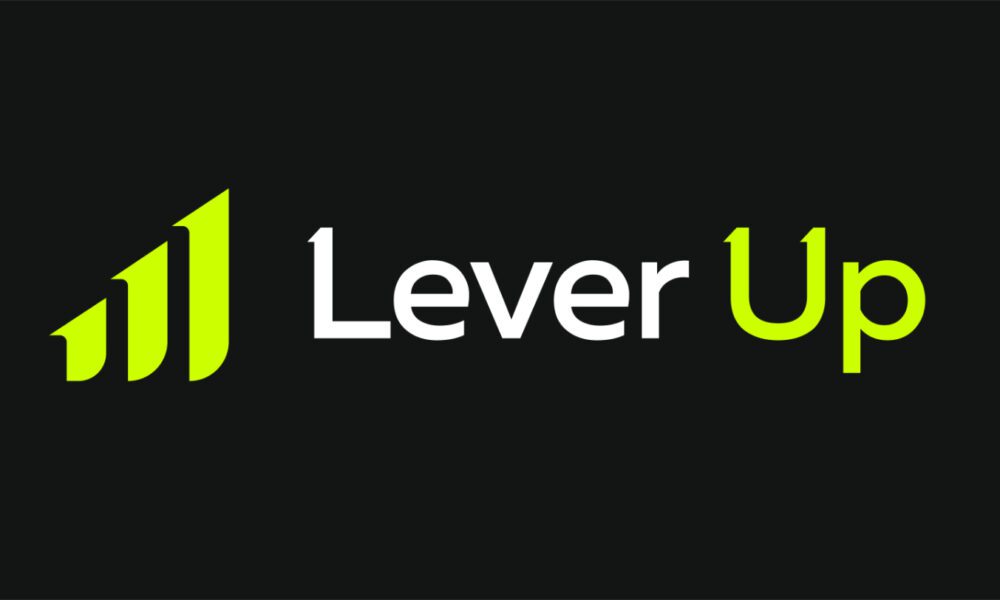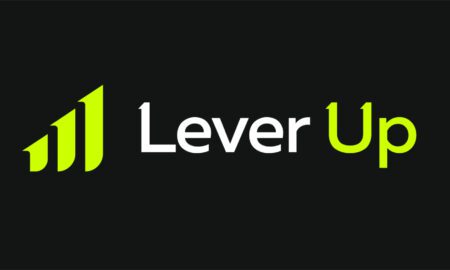The FMI pectin market analysis provides the reader with in-depth information about the market’s current state and projected growth. According to FMI, the pectin market is expected to develop at a 7.8% CAGR from 2022 to 2032.
According to a new FMI report, the pectin industry would be worth US$ 998.7 million in 2022. Pectin’s popularity among customers is fueled by its fat- and cholesterol-free properties, as well as its use as a fat substitute in the bread sector. The bakery business is one of the few that offers a diverse range of food goods and appeals to people of all ages. Growing consumer health concerns have prompted bakery business operators to provide fat-free products in recent years, potentially increasing sales.
Furthermore, the bread business is anticipated to benefit from pectin’s vegan nature, given the rise of vegan culture around the world and a significant increase in the number of people who prefer a vegetarian diet.
“Due to its natural and vegan nature, pectin, a plant-based substance, has been gaining substantial popularity as a viable ingredient in the F&B market. Pectin has several health benefits in addition to its unique ability to adhere to the gut wall and protect it from opportunistic microbial invasion during times of stress. It’s also one of the most widely available and cost-effective materials, making it perfect for a variety of uses in the food, beverage, and nutraceutical industries.”
The pectin market is mainly segmented based on product, application, and region:
The pectin market is divided into two categories: high methoxyl pectin and low methoxyl pectin. Low methoxyl pectin is still the most popular since it forms gels with little sugar, unlike high methoxyl pectin, which requires a lot of sugar. Even though high methoxyl pectin has a small market share, it is predicted to grow by 3-4 percent over the forecast period.
Jams and jellies, drinks, bakery fillings and toppings, dairy products & frozen desserts, confectioneries, meat & poultry products, dietary supplements, functional foods, pharmaceuticals, personal care & cosmetics, and other goods use pectin. Due to their widespread use in the baking industry, pastries & toppings, as well as jams & jellies, are anticipated to account for a significant portion of sales.
Key Companies Profiled:
CP Kelco • Tate & Lyle LLC • Koninklijke DSM N.V. • Naturex • Lucid Colloids Ltd. • DowDupont • Silvateam S.p.A. • Compare Espaola de Algas Marinas S.A. (CEAMSA)
Environment-friendly Attributes Accounting for Greater Gains
Humans are looking for sustainable alternatives as global warming and its terrible implications are continually in the news, and countries are banning plastics and other non-biodegradable products. Manufacturers have taken the most essential and fundamental step toward environmental protection by using pectin to develop paper and plastic substitutes.
Pectin can manufacture good paper plates due to its gelling property, and its plant-derived nature makes it environmentally friendly. Pectin is also used to manufacture foams and plasticizers, which is an example of innovation. Pectin is most typically used to manufacture edible films, which eliminate the need to remove the covering and allow food to be ingested directly.































